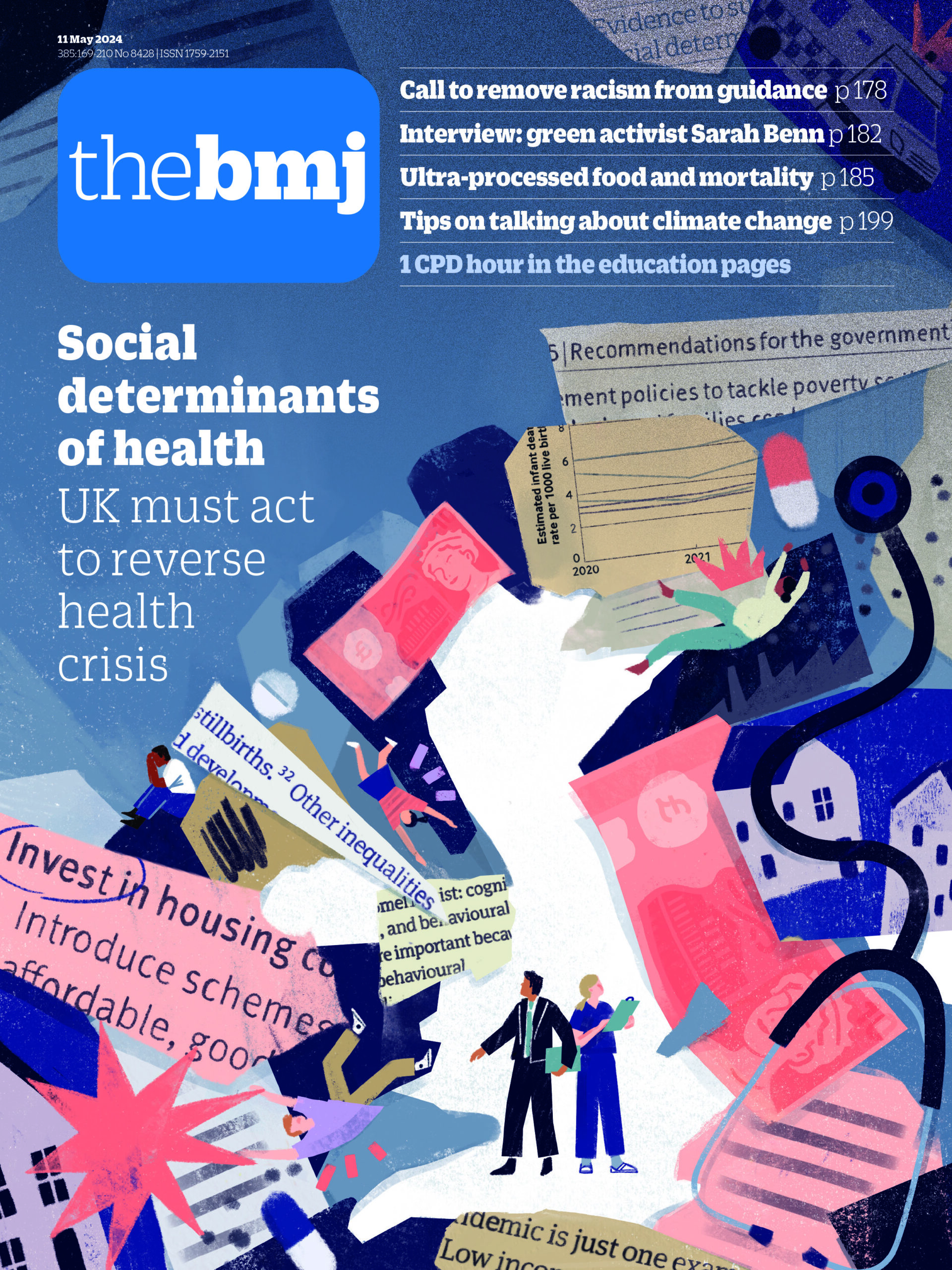A study found that neighborhoods historically redlined in the 1930s have a higher prevalence of diabetes compared to non-redlined areas. Redlining, a discriminatory practice by the Federal Housing Administration, denied credit and insurance to residents in economically disadvantaged areas. These redlined neighborhoods were more often inhabited by racial-ethnic minority groups. Residents in redlined neighborhoods are exposed to adverse social factors such as discrimination, poverty, limited food access, and unemployment, contributing to higher diabetes rates. Interventions targeting poverty and other social factors are needed to address the impact of structural racism on diabetes prevalence. Further research is needed to understand and address these pathways.
Source link
Diabetes prevalence higher among people living in historically redlined areas










